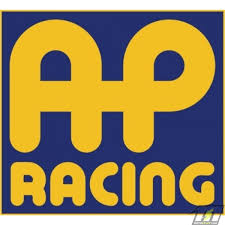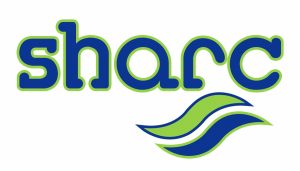Audi brings circuit racing safety tech to the Dakar Rally
LONG before Audi unveiled the RS Q e-tron to the public in summer 2021, the racing engineering team was already intensively involved in the Dakar Rally. The risks in off-road racing were at the centre of the considerations for a sophisticated safety concept.
From the electrical safety of the high-voltage system, to optimum passenger protection in the event of accidents, the design department has, it says, had to master many challenges.
The protective and load-bearing basic structure of the Audi RS Q e-tron consists of a tube frame. The regulations stipulate that this structure be made of metallic materials. Audi has opted for a heat-resistant, alloyed quenched and tempered steel from the aerospace industry that contains the alloying elements chromium, molybdenum and vanadium (CrMoV).
The tube frame complies with the geometry defined in the regulations and fulfils the required static pressure tests. Audi additionally protects the drivers with panels made of composite materials in the spaces between the frame. These components made of carbon fibre-reinforced plastic (CFRP), in some cases supplemented by the tear-resistant Zylon, prevent the penetration of sharp and pointed objects from outside. Likewise, they protect the drivers and co-drivers from any problems with the high-voltage system.
“The structural design of the frame incorporated methods and findings that we have honed over decades in many disciplines,” said Axel Löffler, Chief Designer RS Q e-tron.
These include the tubular frame designs from the DTM (2004 to 2011) as well as the sheet steel chassis in rallycross (2017 to 2018) and the CFRP monocoques in the LMP sports cars (1999 to 2016), in the DTM touring car (2012 to 2020) and in single-seater racing in Formula E (2017 to 2021).




















